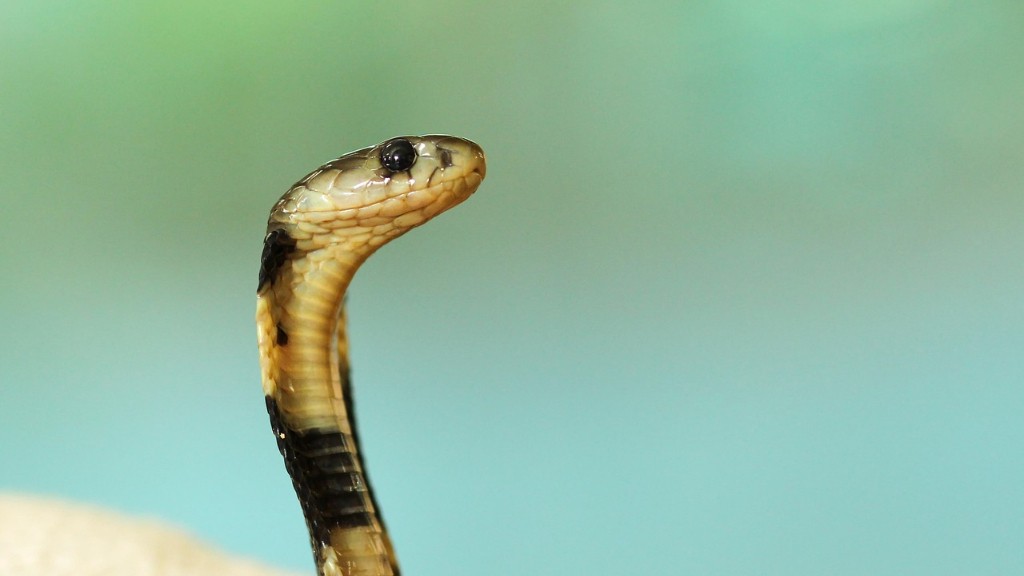Python Snake and its Diet in the Animal Kingdom
The python snake, scientifically known as Pythonidae, is a fascinating reptile that belongs to the family of non-venomous constrictor snakes. As one of the largest snake species in the world, pythons are renowned for their impressive size, strength, and ability to swallow large prey whole. This article explores the python snake’s unique dietary habits and its role in the animal kingdom.
An Overview of the Python Snake’s Diet
The python snake is an opportunistic hunter, meaning it has a diverse diet and can consume a wide variety of animals. With the exception of a few species that primarily feed on birds, pythons are known to target mammals, birds, and reptiles indiscriminately. This adaptability in diet allows the python to survive in various habitats, from tropical rainforests to arid deserts.
1. Mammals
Pythons are well-known for their ability to hunt and consume mammals. They are capable of overpowering and swallowing whole animals that are even larger than their own head. Small to medium-sized mammals like rats, rabbits, and small primates form a significant part of the python’s diet.
Research studies have shown that pythons possess highly elastic jaw bones and expandable skin that enables them to stretch their mouths to an extraordinary extent. This remarkable anatomical adaptation allows pythons to swallow prey many times their own girth.
2. Birds
Feeding on birds is not a widespread behavior among python snakes, but some species, such as the African rock python, have been observed preying on birds and their eggs. The python’s strong muscular body and sharp teeth aid in capturing and consuming avian prey. However, due to the difficulty in capturing birds as they possess the ability to fly, pythons generally favor easier targets.
3. Reptiles
The python’s diet also includes reptiles, particularly snakes and lizards. This intraspecific predation, where one snake consumes another, is not uncommon. Pythons are known to exhibit cannibalistic behavior, with cases of larger pythons preying on smaller conspecifics documented in the wild.
Interestingly, pythons are frequently attracted to nesting sites of other reptiles. These sites provide a concentrated source of potential prey, making them an advantageous hunting location for the python. The python’s ability to ambush and constrict its prey helps it capture reptiles even in protected areas.
Engulfing Prey Whole: The Python’s Unique Feeding Strategy
One of the most remarkable aspects of the python snake’s diet is its ability to swallow prey whole. Upon capturing its prey, the python extends its jaws and engulfs the animal by slowly maneuvering its teeth around it. It then uses its strong muscles to constrict and move the prey further into its body until it is completely consumed.
It is important to note that the python’s flexible jaws and expandable stomach allow it to accommodate large prey items. This distinct feeding strategy enables the python to obtain the necessary nutrients to sustain its large body size for extended periods between meals.
The Ecological Impact of the Python Snake’s Diet
Pythons play a crucial role in maintaining the balance of the ecosystems they inhabit. Their predatory behavior helps regulate the populations of their prey, preventing overpopulation that may have detrimental effects on the environment.
Furthermore, the ability of pythons to consume a wide variety of animals demonstrates their ecological versatility. This adaptability allows them to adjust their diet in response to changes in prey availability, ensuring their survival even in challenging environmental conditions.
The Significance of Studying Python Snake Diets
Understanding the diet of python snakes is essential for several reasons. Firstly, it provides insights into their nutritional requirements and how they adapt to different environments. Secondly, it helps in identifying the impacts of python predation on other species and ecosystems.
Studying python diets also aids in conservation efforts. By examining the feeding habits of pythons, researchers can develop effective strategies to manage and protect vulnerable prey populations.
In Conclusion
In conclusion, the python snake is a fascinating predator with a diverse and adaptable diet. Its ability to consume large prey whole has allowed it to thrive in a variety of habitats. Through studying the python’s dietary habits, we gain a deeper understanding of its ecological role and the importance of managing its impact on other species.



